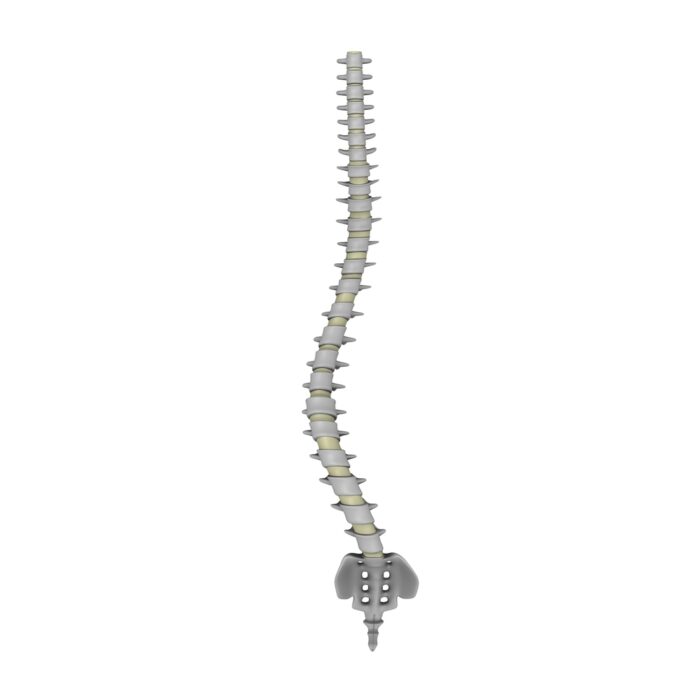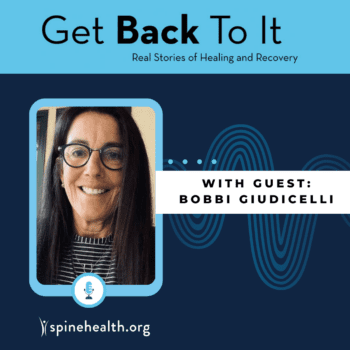Introduction
ScoliScore is a predictive test based on genetic testing. It is used to determine curve in the spine caused by Adolescent Idiopathic Scoliosis (AIS). The ScoliScore technology is able to predict the likelihood of spinal curve progression. This information can help patients to make better decisions on treatment choices.
ScoliScore was first used in the clinic in 2009. The ScoliScore test has shown 75% of patients diagnosed with AIS have a low risk of spinal curve progression. These results allow low risk patients to spend less time in a physician’s office. These patients reduce x-ray exposure needed to determine disease progression. They also avoid unnecessary spine surgery. ScoliScore provides patients greater confidence in deciding future medical needs. The Spinal Research Foundation partnered with manufacturer of ScoliScore, which allowed SRF to have early access to ScoliScore to benefit patients.
Research Summary
Scoliosis is the abnormal side curve of the spine. It affects about 3% of all American teenagers and roughly 2% of the entire United States population. There are various types of scoliosis. Some are present at birth, while others develop later in life. The most common form is idiopathic scoliosis. This type has no single identifiable cause. It makes up about 80% of all scoliosis cases.
The most common spine deformity in children is Adolescent Idiopathic Scoliosis (AIS). As the bones of teenagers are still growing and developing there are several common forms of treatment to observe and monitor the development of the curve. These include a brace, regularly scheduled check-ups, and X-rays. In more severe cases, where the curve of the spine is beyond 50o (about 4% of AIS patients), medical care is necessary to stop the progression of the curve. Corrective surgery for scoliosis involves a fusion process. Metal implants are placed to hold the spine in place while it continues to develop. This can be both expensive and cause lingering pain. This does not always perfectly straighten the spine.
Axial Biotechnology, Inc. developed the ScoliScore test. The company developed the test by identifying the genes related to the disease. They identified 53 genetic markers related to scoliosis. The Spinal Research Foundation was able to have early access to the scoliScore by partnering with Axial Biotechnology, Inc. The foundation was able to further collect data on the test through this partnership.
ScoliScore allows doctors to estimate the likeliness of a patient’s spine’s curve. This information helps determine if the spine’s curve will get worse. It also tells the doctor whether or not the patient will eventually require some form of correctional surgery or other treatment.
The teenage patient provides a saliva swab on a clinic visit. In 2-3 weeks the results are returned. The test results are in numerical value between 1 and 200. The numbers tell the likelihood of curve progression based on child’s DNA. A doctor will then interpret the score to give the likelihood for progression of the curve. The doctor can then use this information together with patient medical history to determine a customized treatment plan. This method has proven to be more effective and efficient than the observational clinical methods usually used.
In 2012, Transgenomic, Inc., a biotechnology company obtained the rights to the ScoliScore test.




